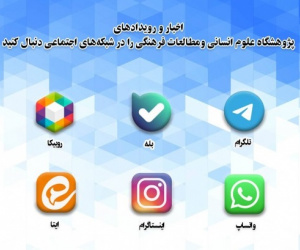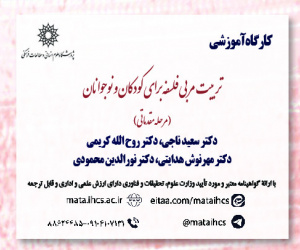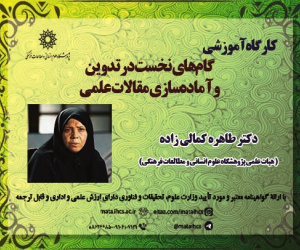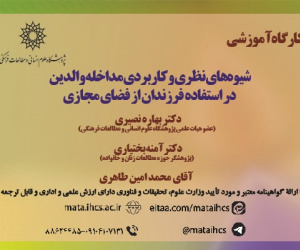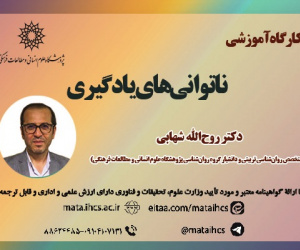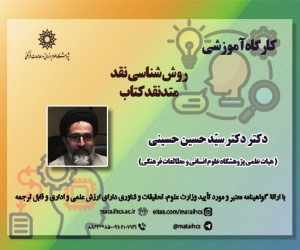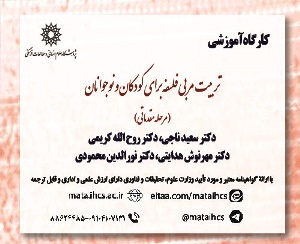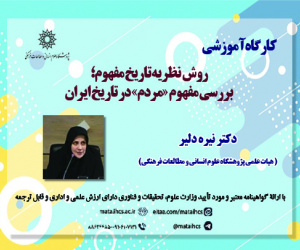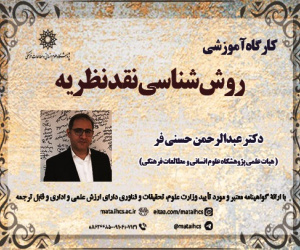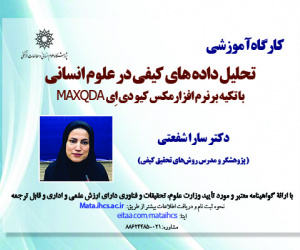داغ ننگ و تبعیض: دو مضیقه اجتماعی دخیل در افشای وضعیت ابتلا توسط افراد مبتلا به اچ آی وی/ ایدز (مقاله علمی وزارت علوم)
درجه علمی: نشریه علمی (وزارت علوم)
آرشیو
چکیده
داغ ننگ و تبعیض دو مضیقه یا قید و بند اجتماعی هستند که تمایل افراد برای فاش نمودن وضعیت ابتلا به اچ آی وی / ایدز را تقلیل داده و دسترسی افراد مبتلا به حمایت و مراقبت های بهداشتی را محدود می کنند. در مقامِ یک برساخته اجتماعی-فرهنگی، داغ ننگِ مرتبط با اچ آی وی/ ایدز، با تبعیض های ساختاری و نهادی همراه است. فرایند داغ ننگ در اثر تعامل سه عامل مشترک محیط، نظام مراقبت های بهداشتی و واسطه ها ایجاد می شوند و با پیامدهای فردی و اجتماعی متعددی همراه است. داغ ننگ مرتبط با اچ آی وی / ایدز ممکن است با ویژگی های فردی مانند سن، تحصیلات، جنسیت و پیشرفت بیماری ارتباط داشته باشد. افرادی که وضعیت ابتلای خود را به اچ آی وی / ایدز فاش می کنند، ممکن است با داغ ننگ و تبعیض مواجه شوند؛ بنابراین افشا سازی می تواند یک خطر یا تضییع هویت اجتماعی قابل توجه برای آنها باشد. اچ آی وی/ ایدز به عنوان یک نابرابری اینترسکشنال جهانی در نظر گرفته شده است که تحت تاثیر مضیقه های اجتماعی نظیر تبعیض های نژادی- قومیتی، جنسیتی، طبقاتی و مرتبط با ناتوانی و کم توانی افراد قرار می گیرد. این مضیقه ها به طور همزمان و به شکلی نظام مند گسل ها، بی عدالتی ها و نابرابری های جامعه را تشدید می نمایند. یک چرخه نادرست بین داغ ننگ، تبعیض و نقض حقوق بشر وجود دارد. داغ ننگ و تبعیض هم در سطوح مختلف فردی، گروهی، اجتماعی و جهانی رخ می دهند. بنابراین، مداخله های لازم برای مدیریت آنها بایستی علاوه بر آموزش فردی، به اصلاح بسترهای جامعه نیز اختصاص یابد. عوامل ساختاری، اجتماعی-فرهنگی، سیاسی، و اقتصادی به شکل هم افزایانه ای (اینترسکشنال) تجربه اچ آی وی و ایدز را تحت تاثیر قرار می دهند و در شکل گیری تحوّلات اچ آی وی / ایدز نقش مهمی را ایفا می کنند. اصلاح این عوامل ساختاری و مناسبات هم افزایانه می تواند موجب افزایش اثربخشی برنامه های مداخله ای در افراد مبتلا به اچ آی وی / ایدز جامعه گردد.Stigma and Discrimination: Two Vital Social Oppressions Influencing on Disclosure of HIV Status by Patients with HIV / AIDS
Stigma and discrimination are two social oppressions or social pressure, which reduce the tendency of individuals for HIV/AIDS status disclosure and limit accessibility of patients with HIV/AIDS to support and health care, which can affect their physical and emotional health. As a social constructed, stigma related to HIV is associated with structural and institutional discriminations. Stigma process is created by interaction of three factors: environment, health care system and intermediaries, and associated with numerous personal and social consequences associated. Stigma related to HIV/AIDS may associate with personal characteristics such as age, education, gender and progression of disease. Patients who disclosure their HIV/AIDS status may expose with stigma and discrimination; therefore HIV/AIDS disclose can be a substantial social risk or social wastage for them. So, HIV/AIDS is considered as a global intersectional inequality, which affected by social oppressions such as racism, gender discrimination, classism,ableism and disability. This oppressions simultaneously and systematically aggravate faults, social equities and equalities. There is a vicious cycle between stigma, discrimination and human rights violations. Stigma and discrimination occur both at individual and social levels, therefore interventions preventing stigma must be devoted to improve the socio-cultural contexts in addition to individual training. Structural, cultural, political and socio-economic factors affect HIV/AIDS experience; they also play an important role in shaping developments and prevalence rates of HIV/AIDS. Modifying these structural factors and intersectional relations can enhance efficiency of interventional programs in patients with HIV/AIDS in the society Stigma and discrimination are two social oppressionsor social pressure, which reduce the tendency of individuals for HIV/AIDS status disclosure and limit accessibility of patients with HIV/AIDS to support and health care, which can affect their physical and emotional health. As a social constructed, stigma related to HIV is associated with structural and institutional discriminations. Stigma process is created by interaction of three factors: environment, health care system and intermediaries, and associated with numerous personal and social consequences associated. Stigma related to HIV/AIDS may associate with personal characteristics such as age, education, gender and progression of disease. Patients who disclosure their HIV/AIDS status may expose with stigma and discrimination; therefore HIV/AIDS disclose can be a substantial social risk or social wastage for them. So, HIV/AIDS is considered as a global intersectional inequality, which affected by social oppressions such as racism, gender discrimination, classism,ableism and disability. This oppressions simultaneously and systematically aggravate faults, social equities and equalities. There is a vicious cycle between stigma, discrimination and human rights violations. Stigma and discrimination occur both at individual and social levels, therefore interventions preventing stigma must be devoted to improve the socio-cultural contexts in addition to individual training. Structural, cultural, political and socio-economic factors affect HIV/AIDS experience; they also play an important role in shaping developments and prevalence rates of HIV/AIDS. Modifying these structural factors and intersectional relations can enhance efficiency of interventional programsin patients with HIV/AIDS in the society.

